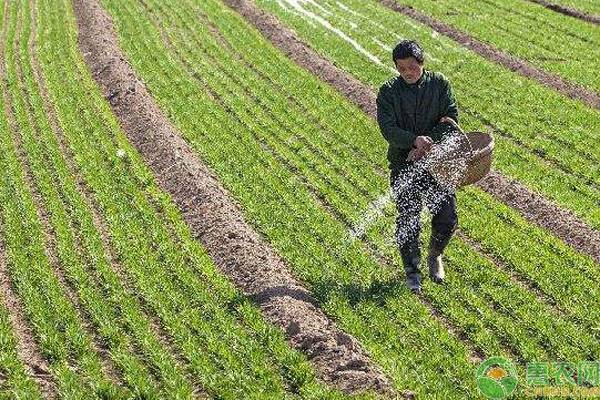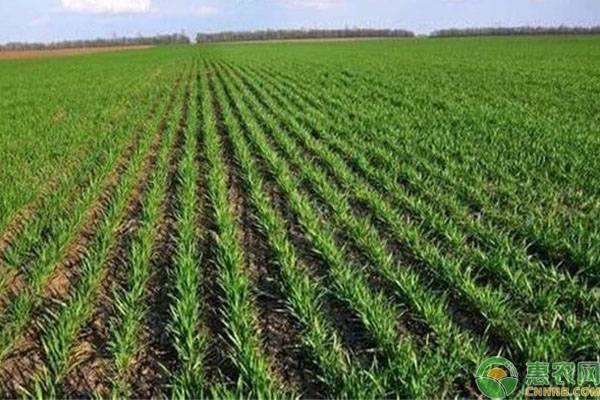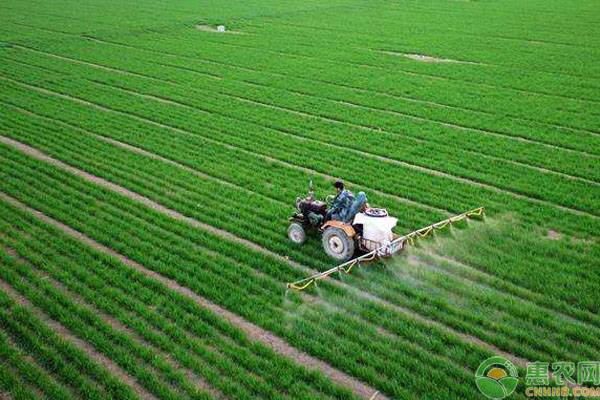After the Spring Festival, it is an important period for wheat growth. It is not only the wheat seedling tillering, but also the period of growth of the panicle. The most important thing is the growth period after the festival. The spring temperature rises and the crops enter the growing season. Therefore, the spring management of wheat is very important after the year. Important, how to do it, let's take a look at it below. First, prevent early spring frost damage After the year, the cold resistance of wheat will be much reduced. If it encounters early spring cold, the plants are very vulnerable to freezing damage. Wheat that suffers from freezing damage will freeze some of the tillers, which will have a great impact on the yield. Therefore, we must do a good job of anti-freeze measures, as follows: 1. Irrigation. Before the early spring cold current, watering can be carried out before cooling. Watering can increase the water vapor in the formation air and release heat when condensing, thus reducing the variation of the ground temperature change. Note: It is not premature to water the buckwheat in the evening. It should be watered after the secondary roots of wheat grow. 2, suppression. For places with poor watering conditions, the wheat field should be suppressed in early spring. The suppression of wheat fields can smash the slag, bridging the soil cracks, and the wheat seedlings are in close contact with the soil to prevent the cold air from catching up with the wheat roots. In addition, the suppression of the wheat field soil also has the effect of protecting the soil. 3. Fertilization. Wheat fertilization in early spring can make up for soil fertility consumption, increase nutrient accumulation, promote the growth of wheat seedlings, and resist or reduce the early spring frost damage; for example, wheat fields with long de-fertilization before the spring, fertilization in early spring is more significant. Second, prevent weeds in the field In the spring, not only the crops begin to grow, but also various pests and weeds will occur frequently. We should prevent the weeds in the field before the wheat is returned to the green, and control the weeds in the grasses should be done sooner or later, and should be carried out before the wheat is raised. Oatmeal should be used in 3-5 leaves, and it can be treated by nebula and oxacillin. In general, grass weeds can also be treated with isoproturon and chlorpyrifos. Broadleaf can be used to control it, such as chlorpyrifos and benzsulfuron. Third, scientific fertilization Generally, wheat fertilization can be divided into three times. The first time is to return to green fertilizer, the second is to pull joint fertilizer, and the third is to be pregnant. Topdressing at an appropriate time can provide nutrients for plants, increase the number of small flowers, and increase the number of grains per mu. Topdressing should be based on the fertility of the field and the growth of the plant. Such as Wangchang wheat field, can not return to the green fertilizer, postponed to the jointing stage to chase, this can reduce the spring ineffective tiller; booting fertilizer, positive value of pollen mother cell formation, top dressing can reduce florescence degradation, prevent infertility, improve the chance of fruiting. The above is the key point of management of wheat field in spring. This period is the stage of wheat growth, which has a great impact on the yield. Therefore, it is necessary to do a good job in spring wheat management, which has a great effect and significance for the later stage of yield. For the wonderful pictures and popular comments on wheat spring management, you may be interested in the following recommended content, welcome to read. Ward Product,Hospital Bed,Patient Transfer Easy Move,Iv Stands Medton Medical , https://www.medton.cn

